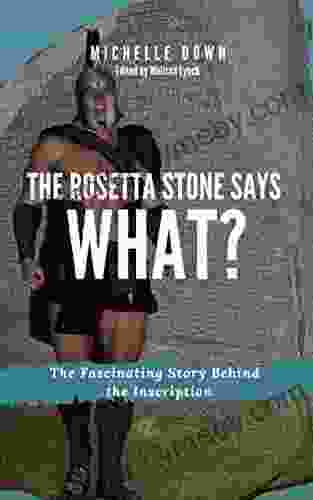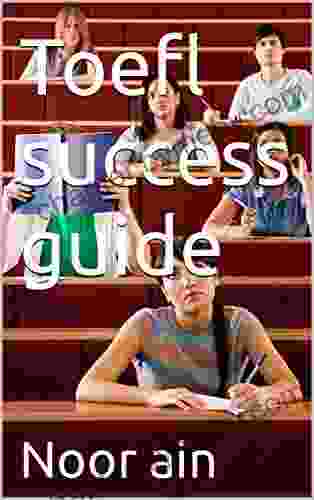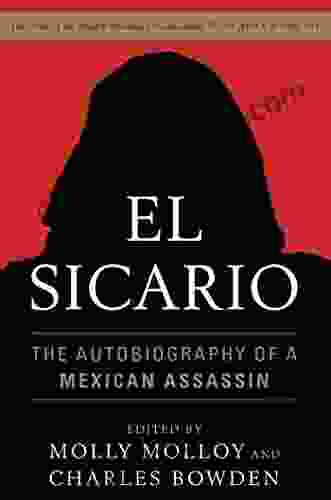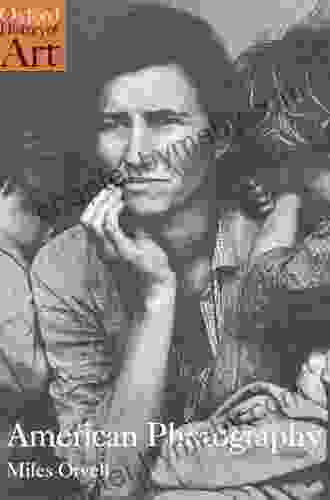The Rosetta Stone Says What? The Fascinating Story Behind the Inscription

4.8 out of 5
| Language | : | English |
| File size | : | 8461 KB |
| Screen Reader | : | Supported |
| Print length | : | 113 pages |
| Lending | : | Enabled |
An Enduring Legacy

The Rosetta Stone is an iconic artifact that has played a pivotal role in our understanding of ancient Egypt. Carved from a single block of basalt, it bears three versions of the same decree: in Ancient Egyptian hieroglyphs, Demotic script, and Ancient Greek. This remarkable inscription acted as a Rosetta Stone for unlocking the secrets of a long-lost language, shedding light on an enigmatic civilization.
Discovered in 1799 by a French soldier during Napoleon's invasion of Egypt, the Rosetta Stone quickly became the object of intense study by scholars. The Greek text, the only one that could be easily understood at the time, provided a crucial key to deciphering the other two scripts.
Heroic Efforts: Decoding the Hieroglyphs
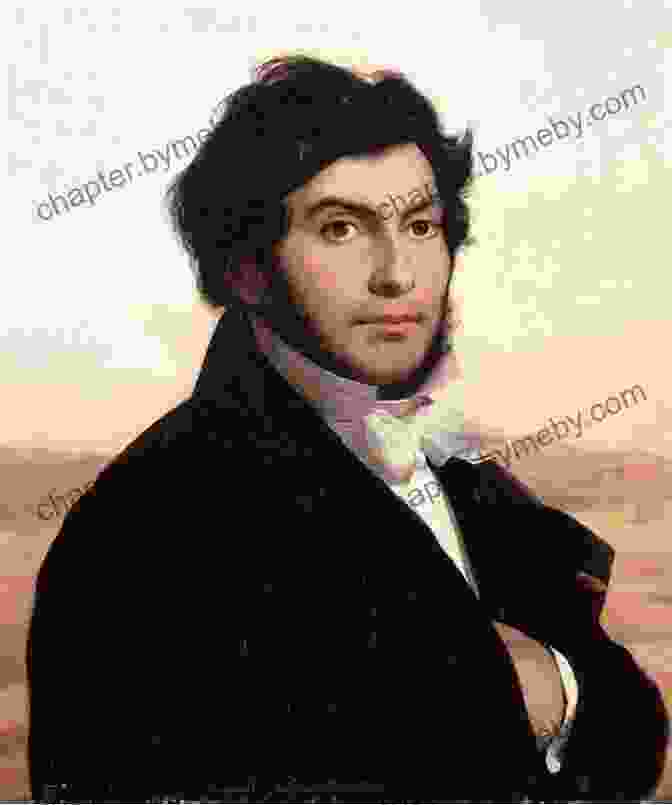
The task of deciphering the hieroglyphs fell upon Jean-François Champollion, a French linguist and Egyptologist. With meticulous patience and linguistic brilliance, Champollion painstakingly compared the Greek text to the hieroglyphic script, identifying similarities between the two. He realized that the hieroglyphs were not merely symbols representing objects but also represented sounds.
One key discovery was that the name of the Ptolemaic ruler Ptolemy V Epiphanes appeared in an oval-shaped symbol, known as a cartouche. By matching the Greek letters in the cartouche with the hieroglyphs, Champollion was able to establish the phonetic values of several hieroglyphic signs.
A Breakthrough Discovery: Rosetta Unveiled
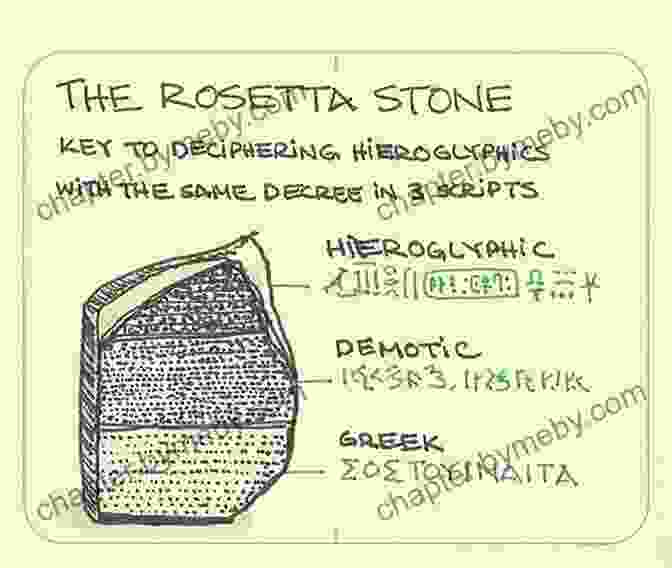
With this breakthrough, Champollion began to unravel the complexities of the hieroglyphic script. He identified the phonetic values of more signs, and gradually, the text began to yield its secrets. By 1822, he had successfully deciphered the Rosetta Stone, opening up a new era in the study of ancient Egypt.
Champollion's achievement was nothing short of remarkable. He had unlocked the door to a lost language and, in ng so, illuminated the history, culture, and beliefs of an ancient civilization. The Rosetta Stone became a symbol of the triumph of human ingenuity and the power of language to bridge cultural divides.
Beyond Decipherment: Expanding Our Knowledge
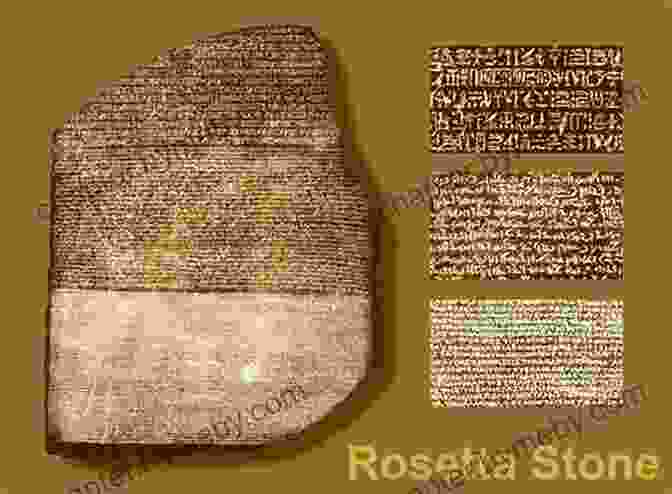
The Rosetta Stone's importance extends beyond its role in deciphering hieroglyphs. Its text provides valuable insights into the political, religious, and administrative systems of Ptolemaic Egypt. It records a decree issued by a council of priests, granting divine honors to Pharaoh Ptolemy V Epiphanes. This decree sheds light on the complex relationship between the rulers and the priestly class in ancient Egypt.
Moreover, the Rosetta Stone has provided a foundation for the study of other ancient scripts and languages. It has helped scholars decipher other Egyptian texts, such as the Pyramid Texts and the Book of the Dead. Its contribution to the field of linguistics and epigraphy cannot be overstated.
A Timeless Legacy: Preserving the Past

Today, the Rosetta Stone resides in the British Museum in London, where it is one of the most popular attractions. It stands as a testament to the human spirit's unyielding quest for knowledge and understanding. Its legacy continues to inspire generations of scholars and history enthusiasts, reminding us of the power of language and the resilience of human civilization.
The Rosetta Stone has played an inestimable role in shaping our understanding of the ancient world. Its story is a testament to the enduring power of human curiosity and the transformative impact of scientific discovery. As we continue to explore the depths of human history, the Rosetta Stone will remain an enduring symbol of the human pursuit of knowledge and the interconnectedness of cultures across time.
4.8 out of 5
| Language | : | English |
| File size | : | 8461 KB |
| Screen Reader | : | Supported |
| Print length | : | 113 pages |
| Lending | : | Enabled |
Do you want to contribute by writing guest posts on this blog?
Please contact us and send us a resume of previous articles that you have written.
 Book
Book Novel
Novel Page
Page Chapter
Chapter Text
Text Story
Story Genre
Genre Reader
Reader Library
Library Paperback
Paperback E-book
E-book Magazine
Magazine Newspaper
Newspaper Paragraph
Paragraph Sentence
Sentence Bookmark
Bookmark Shelf
Shelf Glossary
Glossary Bibliography
Bibliography Foreword
Foreword Preface
Preface Synopsis
Synopsis Annotation
Annotation Footnote
Footnote Manuscript
Manuscript Scroll
Scroll Codex
Codex Tome
Tome Bestseller
Bestseller Classics
Classics Library card
Library card Narrative
Narrative Biography
Biography Autobiography
Autobiography Memoir
Memoir Reference
Reference Encyclopedia
Encyclopedia Sergio Toppi
Sergio Toppi Moss Hart
Moss Hart Patrick K O Donnell
Patrick K O Donnell Richard Lloyd
Richard Lloyd Project Management Institute
Project Management Institute Mike Erskine Kellie
Mike Erskine Kellie Megan Hallett
Megan Hallett Mary Jane Sterling
Mary Jane Sterling Tolli Bryn
Tolli Bryn Michael H Lubetsky
Michael H Lubetsky Michel Callon
Michel Callon Ryan Hawk
Ryan Hawk Fiona Gibson
Fiona Gibson Michelle Fine
Michelle Fine Douglas Stone
Douglas Stone Paul Vidich
Paul Vidich Wendy Lawson
Wendy Lawson Tina Smith
Tina Smith Steve Zipay
Steve Zipay Mike Weinberg
Mike Weinberg
Light bulbAdvertise smarter! Our strategic ad space ensures maximum exposure. Reserve your spot today!
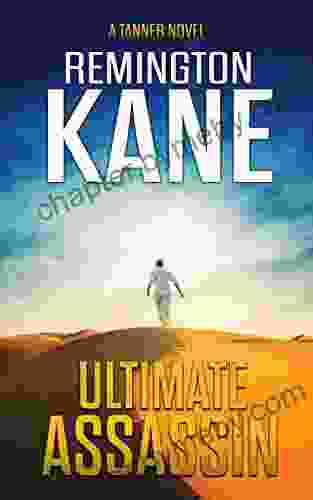
 Kevin TurnerUnveiling the Ultimate Assassin in Tanner Novel 28: A Thrilling Journey into...
Kevin TurnerUnveiling the Ultimate Assassin in Tanner Novel 28: A Thrilling Journey into... Edgar CoxFollow ·3.4k
Edgar CoxFollow ·3.4k Herbert CoxFollow ·3.3k
Herbert CoxFollow ·3.3k Fredrick CoxFollow ·15.7k
Fredrick CoxFollow ·15.7k Sam CarterFollow ·15.5k
Sam CarterFollow ·15.5k Roy BellFollow ·14.9k
Roy BellFollow ·14.9k Brayden ReedFollow ·11.2k
Brayden ReedFollow ·11.2k Ismael HayesFollow ·11.9k
Ismael HayesFollow ·11.9k Jeffrey HayesFollow ·2.7k
Jeffrey HayesFollow ·2.7k

 Henry James
Henry JamesCold War Fighter Pilot Story: A Captivating Tale of...
Enter the Cockpit of...

 Rudyard Kipling
Rudyard KiplingYour Body Your Baby Your Choices: The Essential Guide to...
Pregnancy and...

 Fabian Mitchell
Fabian MitchellMichelle Obama: An Intimate Portrait - A Must-Read for...
Michelle Obama is a prominent figure in...
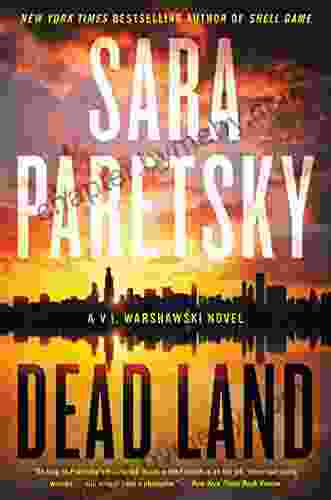
 Juan Butler
Juan ButlerUncover the Secrets of the Dead Land Warshawski Novels
Prepare to delve...
4.8 out of 5
| Language | : | English |
| File size | : | 8461 KB |
| Screen Reader | : | Supported |
| Print length | : | 113 pages |
| Lending | : | Enabled |


